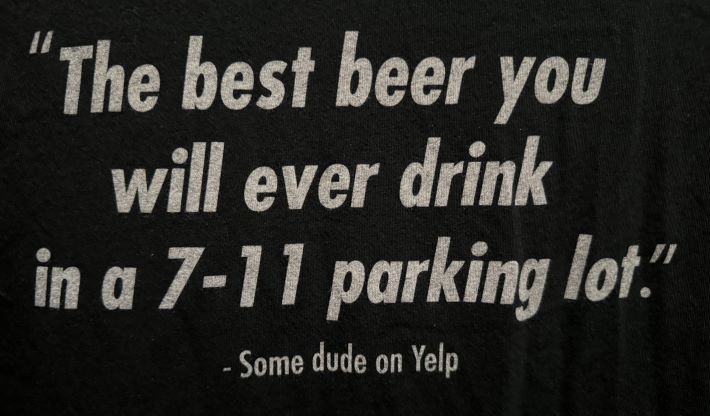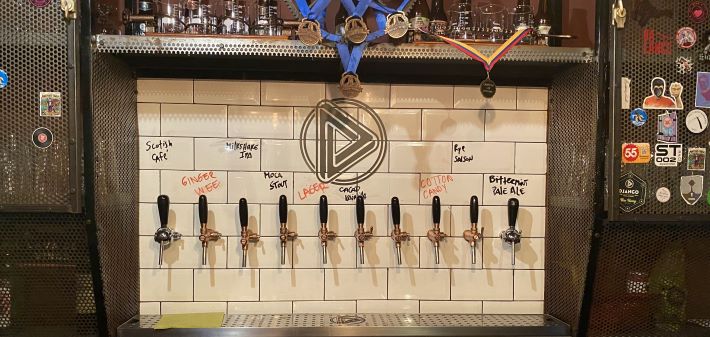
Proper foam on a proper pint at Hogshead Brewing in Denver (see Quote of the Week I)
This, too, could have been a quote of the week: “We had every intention to be here for another 157 years. However, that was an unfortunate decision. I am just incredibly sorry that this is happening. I’m sorry for our family. I’m sorry for this community, and most importantly, I’m really sorry to the employees who have done so much for us over the past, you know, several decades.”
Molson Coors last week announced it will close the Jacob Leinenkugel Brewing Co. main brewing facility in Chippewa Falls, Wisconsin, which has been operating since 1867.
But, because nostalgia still pays, they will keep Leinie Lodge open. Visitors will still be able to sample beer, browse in the gift shop, and spend time in a mini-museum that showcases more than 150 years of brewing history. Everything they used to do while waiting to take a tour of the expansive brewery and grounds. That, obviously, will also be history.
~~~~~~~~~~~~~~~~~~~~~~
QUOTE OF THE WEEK I
“[Cask beer] is something that has always been important to me. As soon as I was educated on cask beer, it was something that I knew was special. it’s something that’s not readily available, it’s something unique, that sets us apart from pretty much any brewery in Colorado, not to mention most breweries in the United States.”
— Robert Bell
From And Cask For All — Hogshead Brewery in Denver, Colorado
~~~~~~~~~~~~~~~~~~~~~~
LEDE OF THE WEEK
“Here,” says Ken Jauval. “You had a white bar and you had a black bar.”
Jauval is talking about the Breakspeare Arms in Brockley, Lewisham in South East London, which closed around the mid-90s. He is part of a large community in the area with Caribbean origins – Saint Lucian in his case – and is with his friend Kilroy Gladstone, who came to Britain in 1957 from Jamaica. Unlike Gladstone, Jauval has a London accent as you’d expect from anyone who grew up in this country from the age of nine and is aged 60 (he told me he was “nearly 60″ in August last year).
Read more
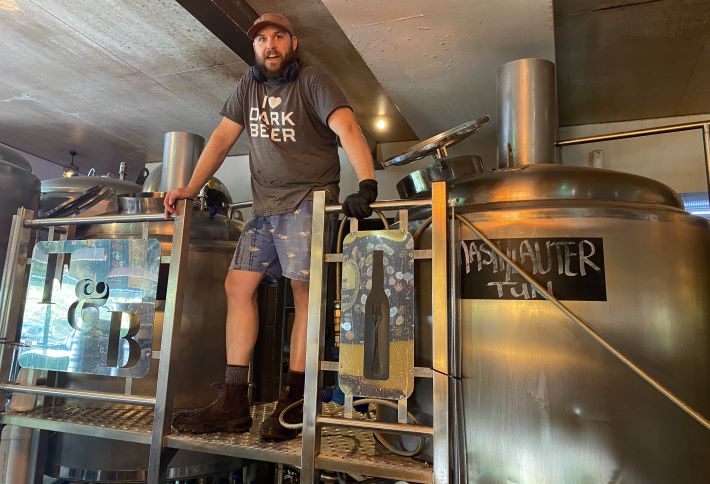
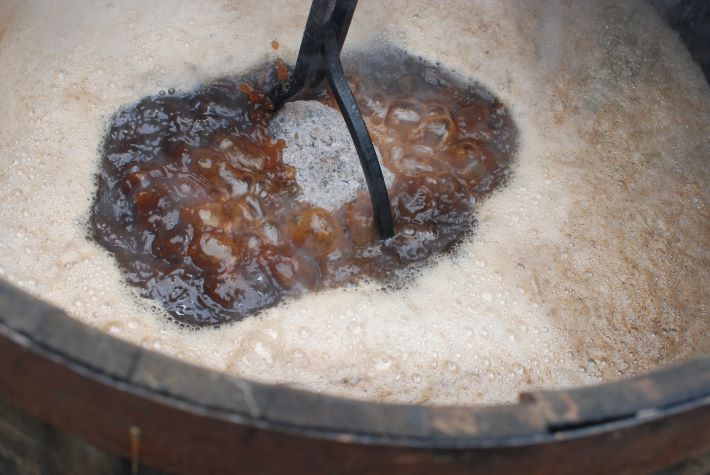
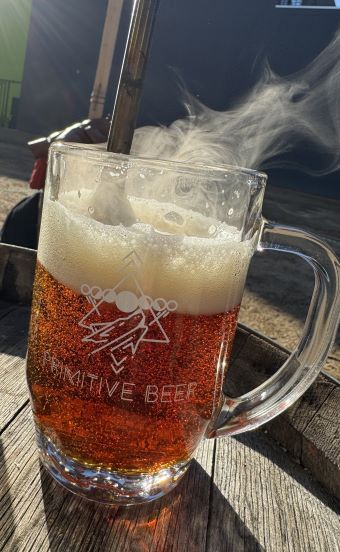 Many, many breweries and events are showcased in
Many, many breweries and events are showcased in 
